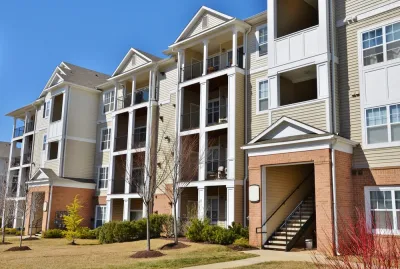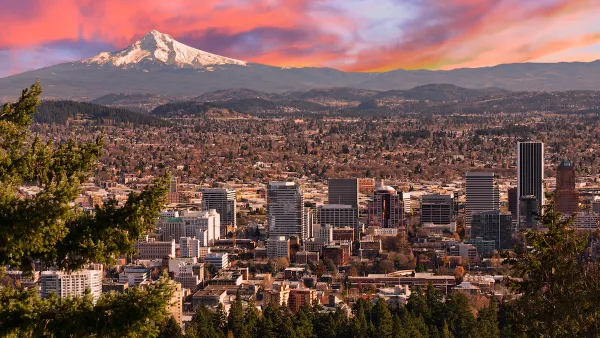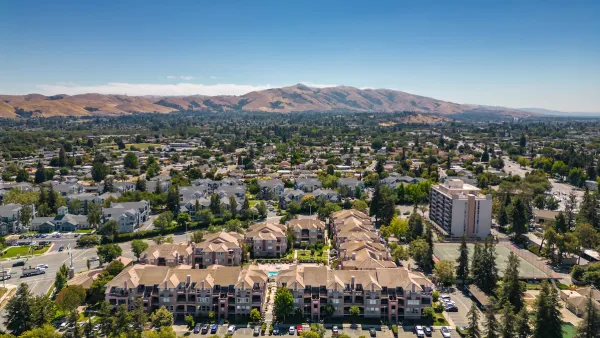Building enough affordable housing to meet current shortages will take more concerted effort from policymakers.

"A 2020 report commissioned by the Maryland Department of Housing and Community Development (MDHCD) reported a shortage of 85,000 affordable apartments in Maryland for families and individuals earning less than 30% of median income," writes Tom Coale in an opinion piece. Policymakers, argues Coale, cannot rely solely on inclusionary zoning to fix this problem. "Inclusionary zoning, however, was not created for the purposes of meeting affordable housing needs." While inclusionary zoning can help create socioeconomic integration in new developments, Coale says that "when efforts to integrate such communities take the place of meaningful efforts to create affordable housing, we all lose."
Coale explains that, because many developers can pay a fee in lieu of building affordable units, " inclusionary zoning has become a useful replacement for those who want to create the appearance of supporting affordable housing while doing very little to address the greatest needs of the housing crisis, which are units for low-income families." He also calls inclusionary zoning inefficient and disagrees with shifting the burden of providing affordable housing to private developers rather than public entities. Most importantly, Coale believes, "inclusionary zoning requirements raise housing prices on the whole" due to regulatory burdens.
While Coale writes that inclusionary zoning does serve an important purpose, policymakers should not forget about other mechanisms that boost affordable housing production and help the households that need affordable housing the most.
FULL STORY: Why betting solely on inclusionary zoning to create affordable housing in Maryland is a losing proposition

National Parks Layoffs Will Cause Communities to Lose Billions
Thousands of essential park workers were laid off this week, just before the busy spring break season.

Retro-silient?: America’s First “Eco-burb,” The Woodlands Turns 50
A master-planned community north of Houston offers lessons on green infrastructure and resilient design, but falls short of its founder’s lofty affordability and walkability goals.

Delivering for America Plan Will Downgrade Mail Service in at Least 49.5 Percent of Zip Codes
Republican and Democrat lawmakers criticize the plan for its disproportionate negative impact on rural communities.

Test News Post 1
This is a summary

Test News Headline 46
Test for the image on the front page.

Balancing Bombs and Butterflies: How the National Guard Protects a Rare Species
The National Guard at Fort Indiantown Gap uses GIS technology and land management strategies to balance military training with conservation efforts, ensuring the survival of the rare eastern regal fritillary butterfly.
Urban Design for Planners 1: Software Tools
This six-course series explores essential urban design concepts using open source software and equips planners with the tools they need to participate fully in the urban design process.
Planning for Universal Design
Learn the tools for implementing Universal Design in planning regulations.
EMC Planning Group, Inc.
Planetizen
Planetizen
Mpact (formerly Rail~Volution)
Great Falls Development Authority, Inc.
HUDs Office of Policy Development and Research
NYU Wagner Graduate School of Public Service





























